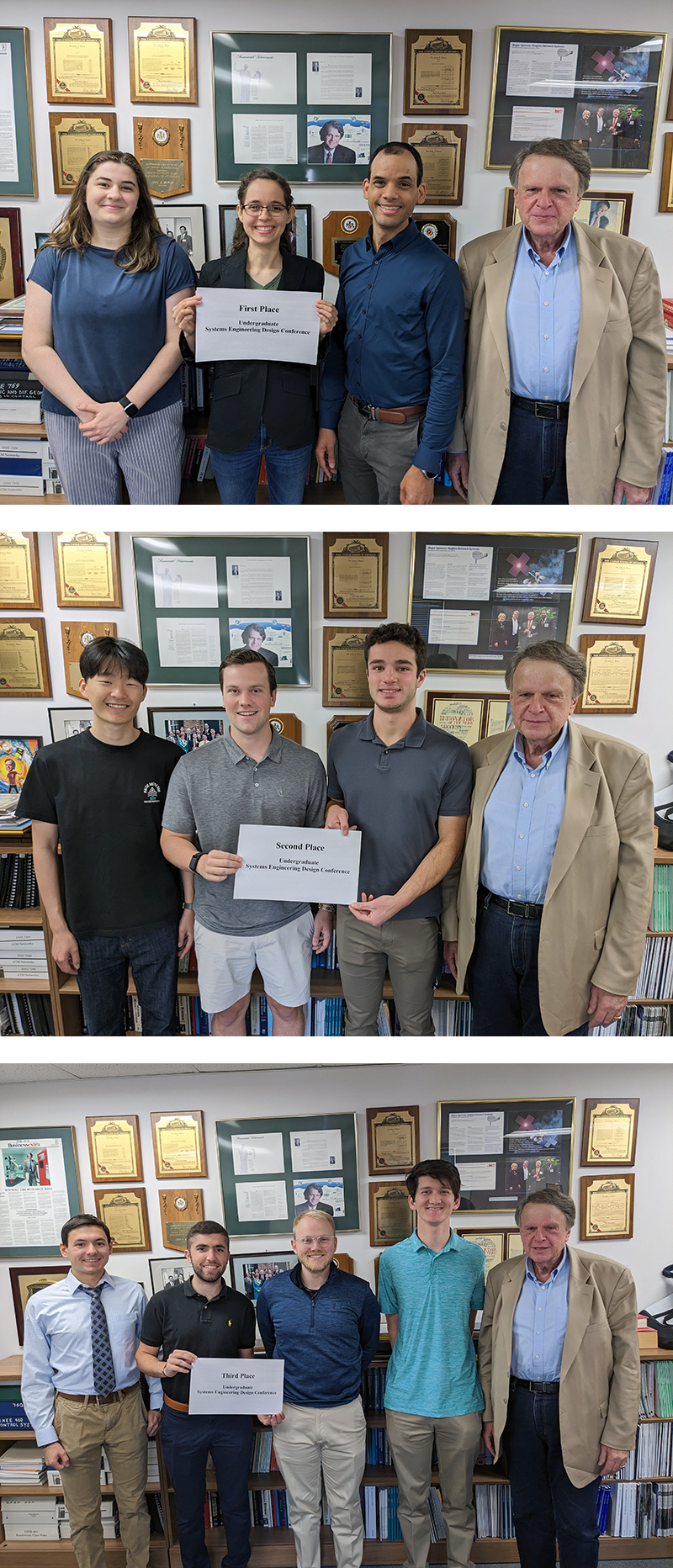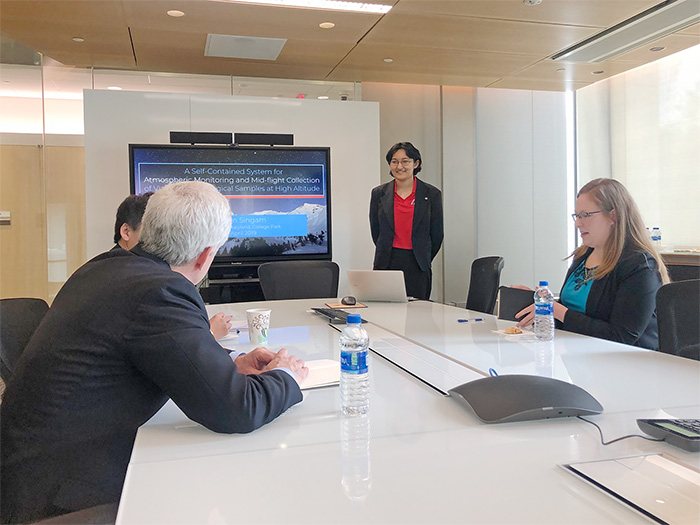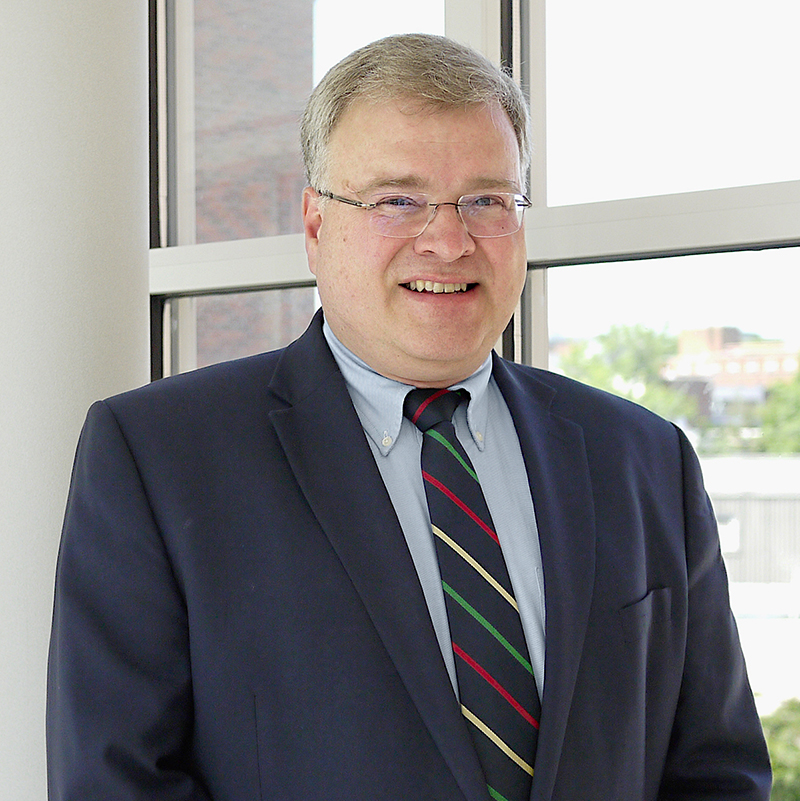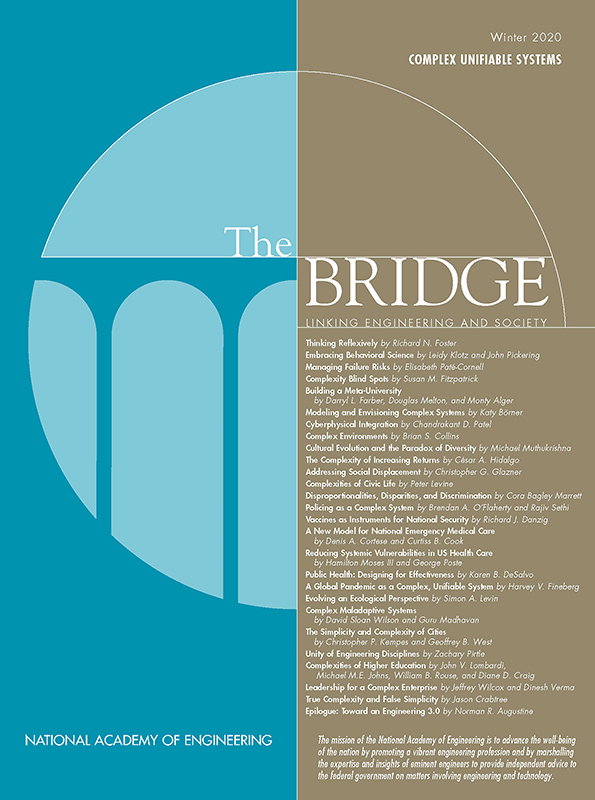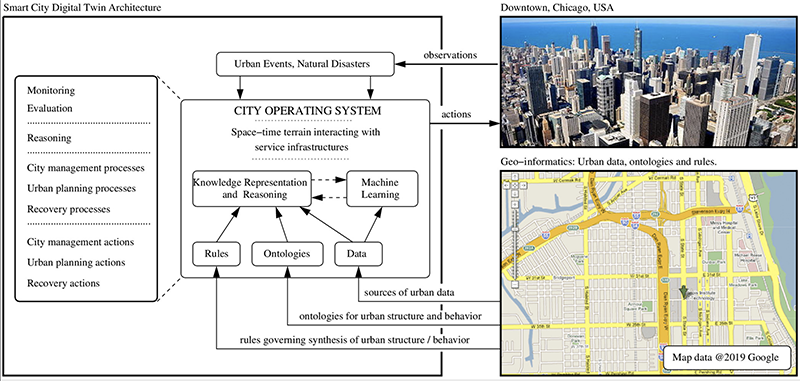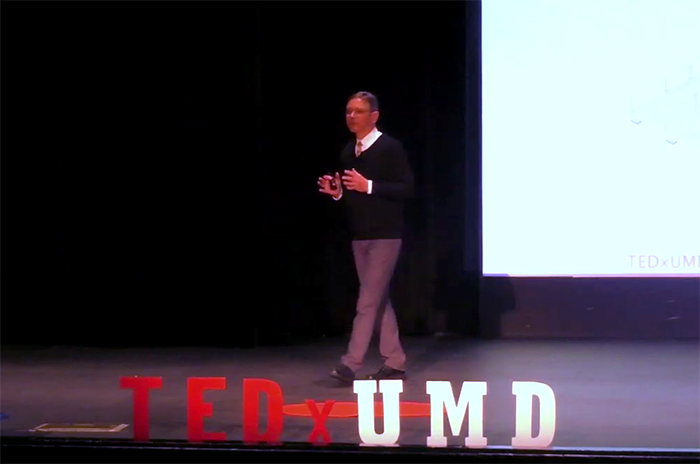News Story
“Digital Twins” Could Help Streamline Urban Systems

Cities are complex: they encompass a variety of systems, including transit, water, power, and waste. Managing these systems efficiently is no simple task. In recent years, interest has been growing in the use of “digital twins,” –that is, virtual simulations that are fed with real-time data from sensors—to tackle the challenge. With the help of advanced computing and machine learning algorithms, such twins can operate autonomously, with minimal human input.
“It's a concept that has been used in the aerospace and manufacturing domains for about two decades, and is just now being applied to urban environments,” explains Maria Coelho, who finished her PhD in civil systems engineering this spring and will now take up a research scientist position at the Idaho National Laboratory. “The idea is to create a digital, real-time representation of a city, which allows for constant monitoring of the systems in the city. The participating digital twins will process the real-time information, conduct data analytics, and provide feedback, including actions that the system should take.”
In her dissertation research, Coelho addressed a number of theoretical problems associated with digital twins, including the creation of a machine learning architecture for graph structures (commonly used for urban data); the effects of graph size on learning performance, the use of time-series anomaly detection to identify unusual events; and the use of semantic modeling to establish a decision-making framework. As case studies, she applied machine learning architectures and strategies of learning to water distribution systems and Washington, D.C.’s Metrorail network. Her advisor was Professor Mark Austin (civil engineering/Institute for Systems Research). While completing her degree, Coelho also worked a Maryland Transportation Institute graduate research assistant, supporting Clark Distinguished Chair Deb Niemeier (civil engineering) on a study related to COVID-19 impacts in higher education.
Different twins can be created for the various systems within a city, and then work together to respond to anomalies, Coelho said. One twin might monitor gas lines, for example. If it detects a leak at a certain location, it can relay this information to a traffic twin, which can then route people away from the area.
Within urban transit systems such as Metrorail, a digital twin can help prevent delays and inconvenience for passengers “If a subway line becomes blocked due to an obstruction or flooding, the twin will receive that information and provide solutions, such as routing passengers between stations by means of a shuttle bus. The twin can also coordinate the shuttle bus schedules so that they coincide with the subway schedules.
“The idea is to create a digital, real-time representation of a city, which allows for constant monitoring of the systems in the city. The participating digital twins will process the real-time information, conduct data analytics, and provide feedback, including actions that the system should take.”
Maria Coelho, PhD
“Likewise, a digital twin can also be used to coordinate airline, train, and bus schedules,” Coelho said.
Although some cities, such as Singapore, have experimented with digital twins, it’s still a new idea at this point, she stressed, and the goal of her research has been to help put in place some of the theoretical foundations for further development.
“It’s an exciting area of research, and there’s so much more to be done,” she said. “Right now we’re only touching the tip of the iceberg.
Mark Austin states: "Working with Maria has been an absolute pleasure. One day during the early stages of her graduate studies she observed that the future of civil engineering lies in smart cities. Looking ahead, pressures to design and efficiently operate large-scale urban areas are only going to increase. Digital twin formalisms are exciting because they support the organization of data and information in the built environment, and work to provide timely feedback to improve performance, and deal with disruptions which will inevitably come along."
"I completely agree with Maria: we are only touching the tip of an iceberg of what seems possible," he said.
Published June 3, 2022
